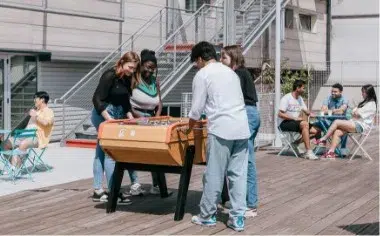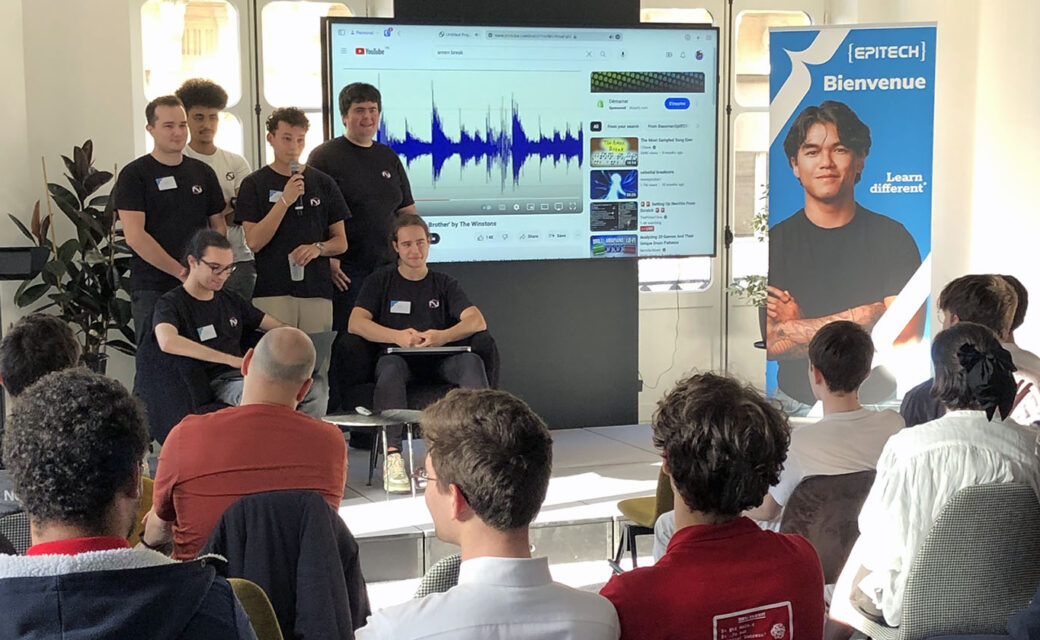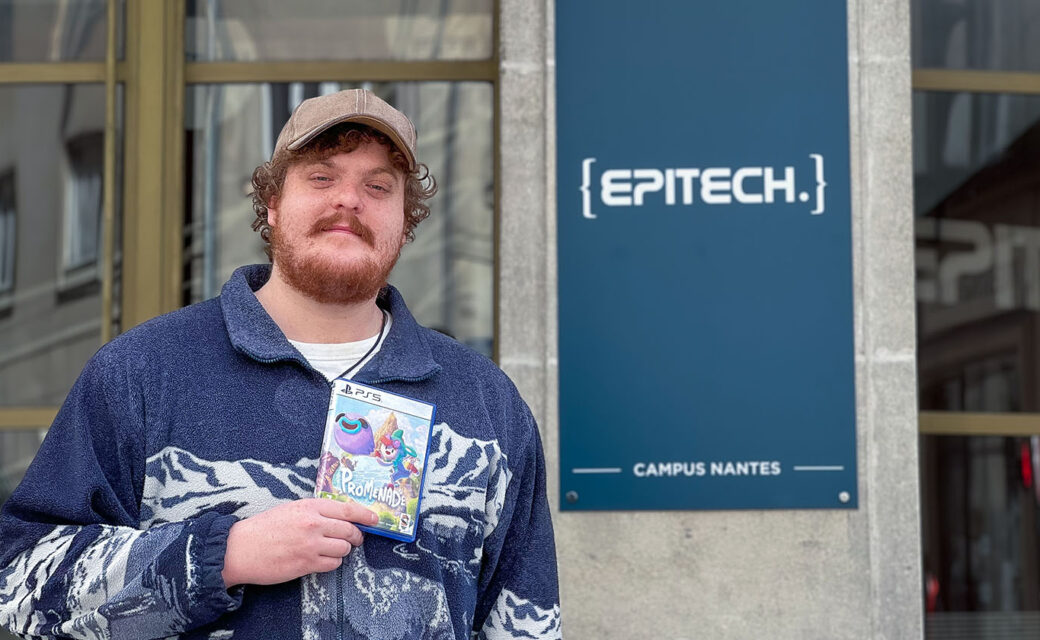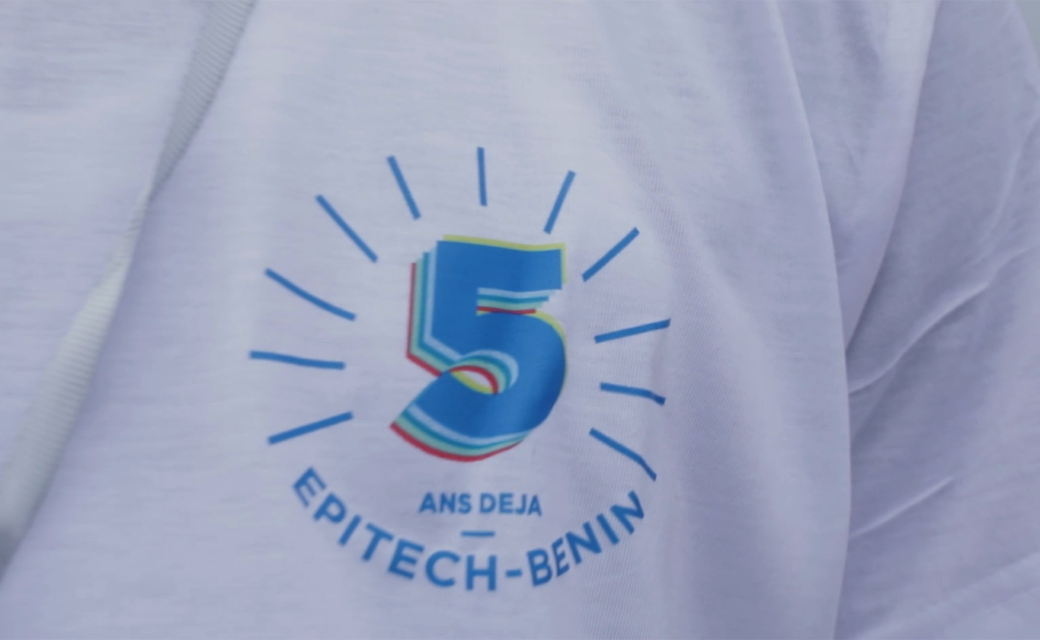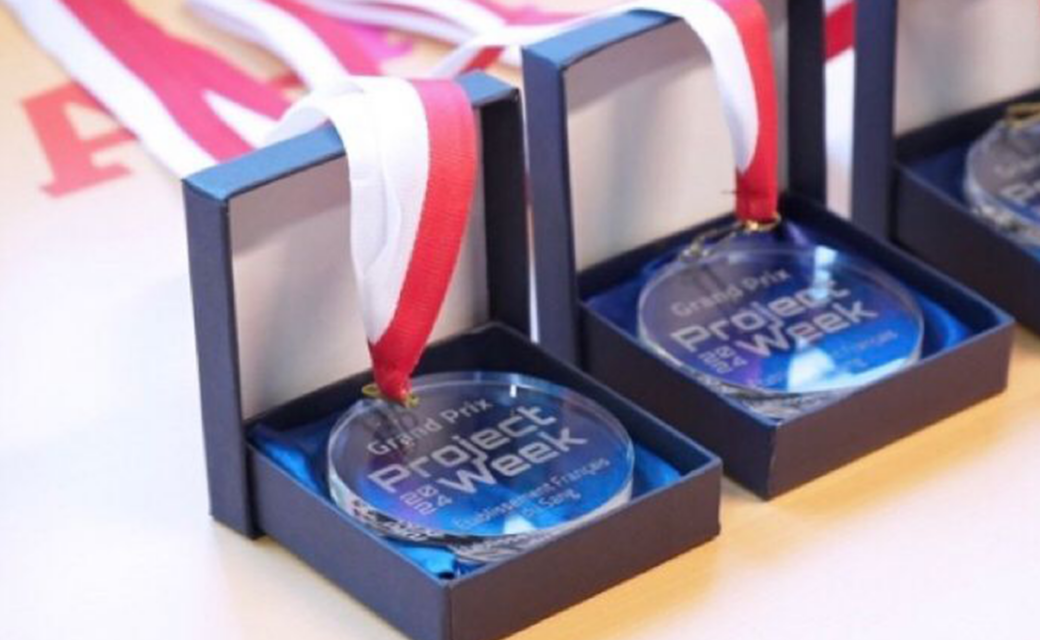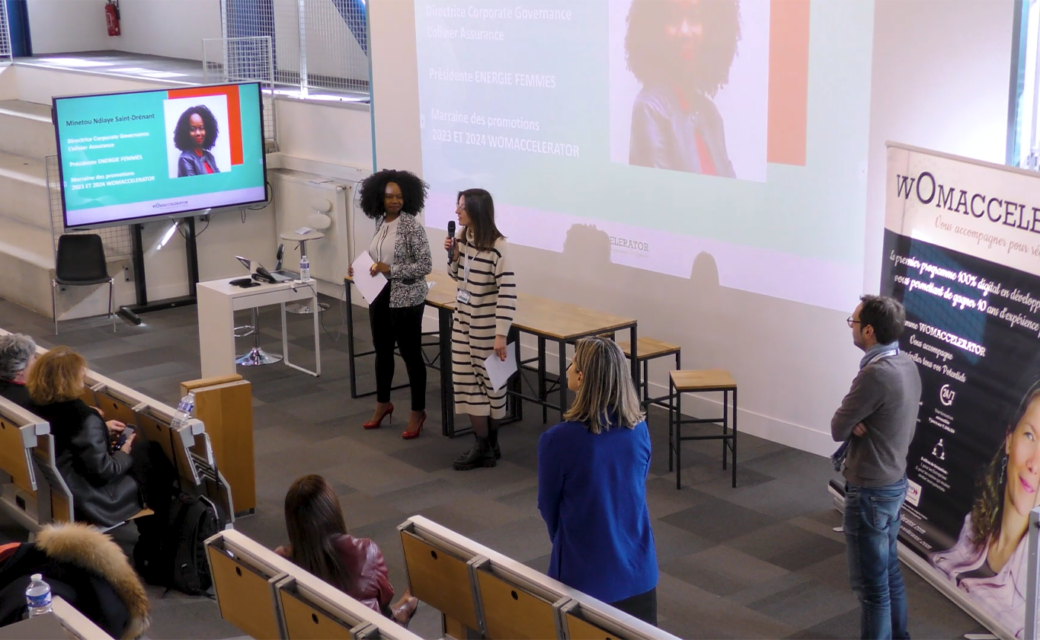rencontrer Fermer
Different
Epitech, l’école de l’excellence informatique forme depuis 25 ans les experts de la tech qui façonneront le monde de demain.
Programme Grande École visé par le ministère de l’Enseignement Supérieur et la Recherche, et 7 programmes MSc Pro


Nos formations
Vous êtes en Terminale ?
Programme
Grande École
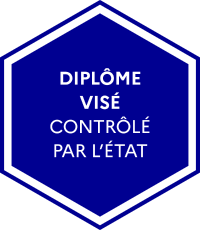
Un programme en 5 ans post-bac hors Parcoursup pour devenir expert en ingénierie informatique logicielle.
Le Programme Grande Ecole d’Epitech est le parcours d’excellence pour votre future carrière dans la Tech. Il se déroule en 5 ans après le bac, il est visé par le Ministère de L’Enseignement Supérieur de la Recherche. Ce cursus composé de près de 80 projets permet l’acquisition de très solides compétences dans tous les champs de l’informatique. Nos étudiants sont à terme reconnus comme de véritables experts en ingénierie informatique logicielle, capables de déployer leur domaine d’expertise dans toutes les formes d’entreprises dans le monde entier.

Vous avez un Bac+2/+3 ?
MSc Pro
Un programme en Alternance pour devenir un expert du domaine qui vous passionne
Le programme MSc Pro s’adresse à des profils diversifiés ayant déjà un 1er parcours dans les études supérieures. Il propose 2 à 3 ans d’études sur 7 filières spécialisées correspondant aux principaux enjeux technologiques industriels et aux aspirations et aux parcours antérieurs des apprenants. Il favorise les parcours en alternance pour des apprenants in fine bien préparés à l’entreprise et à ses exigences et parfaitement intégrés dans leur écosystème.
5 ans
pour
devenir
un expert
de la tech
5 ans pour devenir un expert de la tech
Epitech développe depuis 25 ans une pédagogie unique, sans cours magistraux et sans révisions. Dans notre école, les cursus s’articulent autour de projets qui permettent aux étudiants d’apprendre en faisant, en testant, en se trompant, seul ou en groupe. Cette pédagogie active et inductive, qui pourrait se résumer dans la formule « apprendre à apprendre » fait de nos étudiants de véritables acteurs de leur formation. Elle garantit l’acquisition de soft skills en savoir-faire et savoir-être, socles incontournables pour bâtir un parcours professionnel remarquable et durable.
Les chiffres clés

Participez à nos
Journées Portes Ouvertes
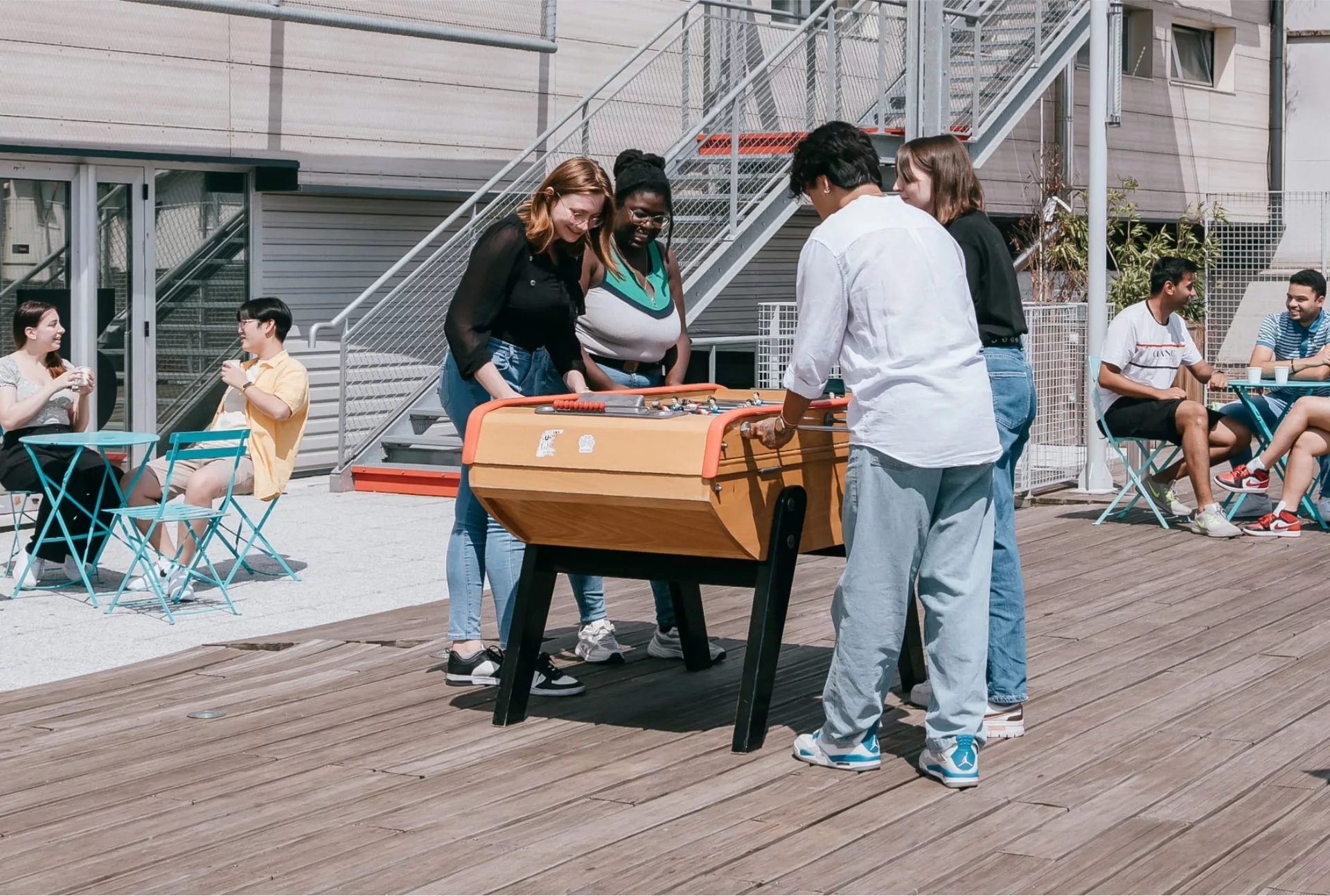
Nos campus
15 campus en France et 3 en Europe

Devenez l’un des
meilleurs experts de la Tech
Les profils d’étudiants Epitech figurent parmi les plus demandés par les entreprises.
Suivez toute l’actualité d’Epitech
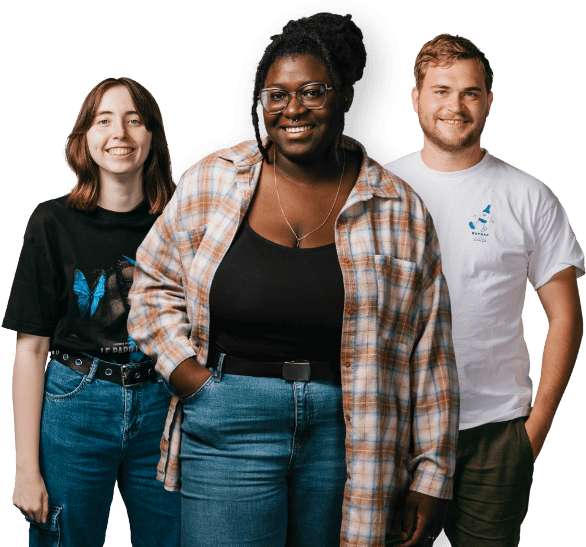
ENVIE DE REJOINDRE
EPITECH?
